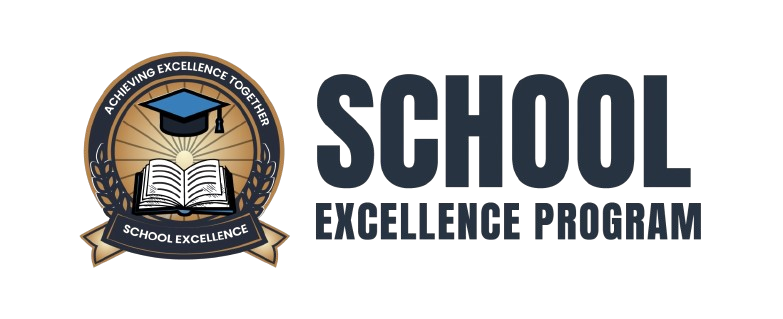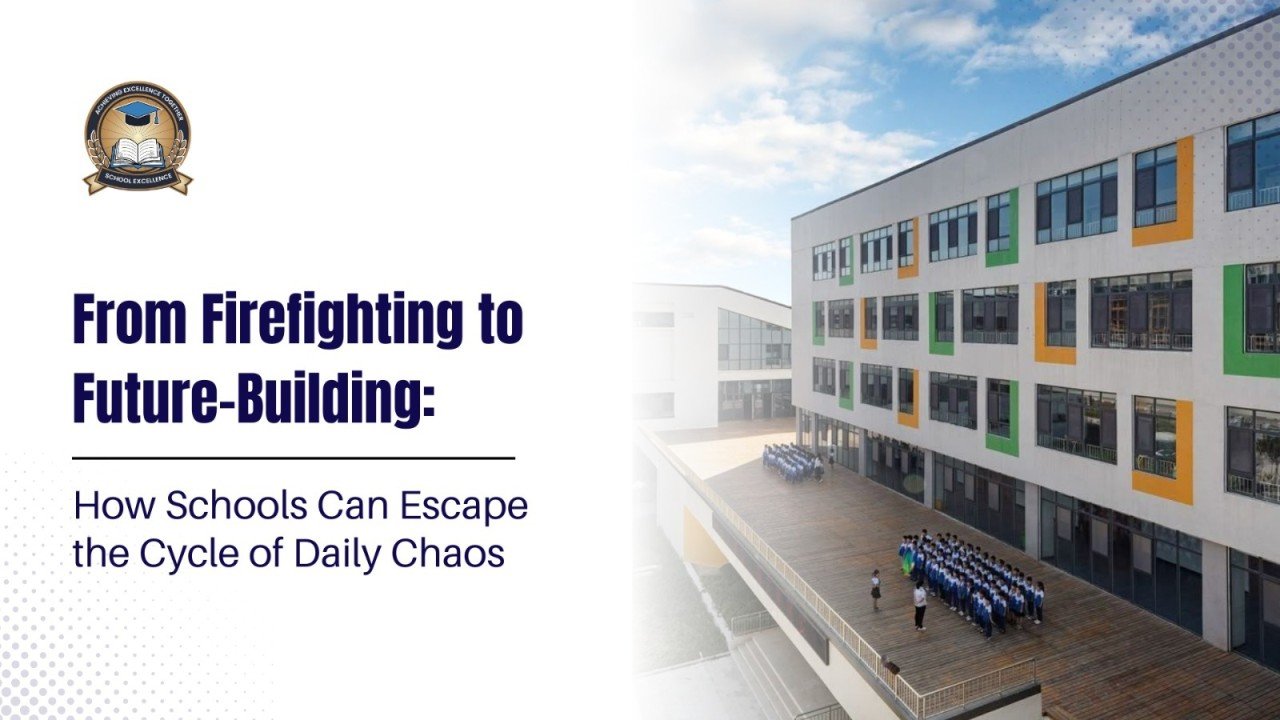From Firefighting to Future-Building: How Schools Can Escape the Cycle of Daily Chaos
In many schools, leaders and staff find themselves constantly “firefighting” — rushing from one urgent problem to the next. Whether it’s last-minute timetable changes, unresolved parent concerns, exam scheduling challenges, or staff coordination issues, the day-to-day chaos can feel endless. While these efforts keep the school running, they rarely build long-term strength or excellence.
So how do schools break free from this cycle and focus on future-building instead of constant problem-solving? The answer lies in creating clarity, systems, and alignment that ensure smooth operations while leaving space for innovation and growth.
The Hidden Cost of Firefighting
When schools operate in crisis mode, leadership energy is drained by the urgent rather than invested in the important. Teachers lose focus, parents feel disconnected, and students miss out on opportunities to thrive in a nurturing environment. Over time, this reactive approach erodes the school’s reputation, lowers morale, and limits growth.
Great schools, by contrast, focus on building systems and processes that prevent chaos before it begins. They shift from reacting to anticipating, from patching problems to planning ahead.
Building for the Future: The Power of Systems
The strongest schools understand that systems, not individuals, sustain excellence. A good leader may solve problems today, but without strong systems, the same issues will resurface tomorrow. With systems in place, however, clarity and consistency ensure that the institution runs smoothly — regardless of changes in staff or leadership.
This means:
- Clear academic calendars that prevent last-minute scheduling conflicts.
- Defined communication channels for parents and teachers.
- Planned teacher training and development instead of ad-hoc workshops.
- Examination systems that are organized and transparent.
- Event planning that builds school culture, rather than adding stress.
By designing processes that anticipate needs and standardize operations, schools create an environment where excellence is not dependent on one person’s effort, but on the strength of the institution itself.
The School Excellence Program: An Eco System for Growth
This is where The School Excellence Program, an Eco System, makes a difference. It is not another tool or ERP system, but a holistic support structure that transforms schools from within. By aligning academic planning, parent engagement, HR processes, compliance, and cultural development, it ensures schools move from daily firefighting to long-term strategy.
Schools that adopt this Eco System don’t just solve today’s problems — they prepare for tomorrow’s challenges. They build resilience, sustainability, and a reputation for excellence that attracts students, engages parents, and inspires teachers.
From Chaos to Clarity, From Good to Great
Escaping the cycle of firefighting doesn’t happen overnight. It requires a shift in mindset — from reactive to proactive, from short-term survival to long-term success. But once schools embrace systems and clarity, they unlock the freedom to focus on what truly matters: shaping young minds and building a future-ready institution.
The future of education belongs to schools that plan, align, and execute with clarity. Those that move beyond firefighting will not only survive — they will thrive.

